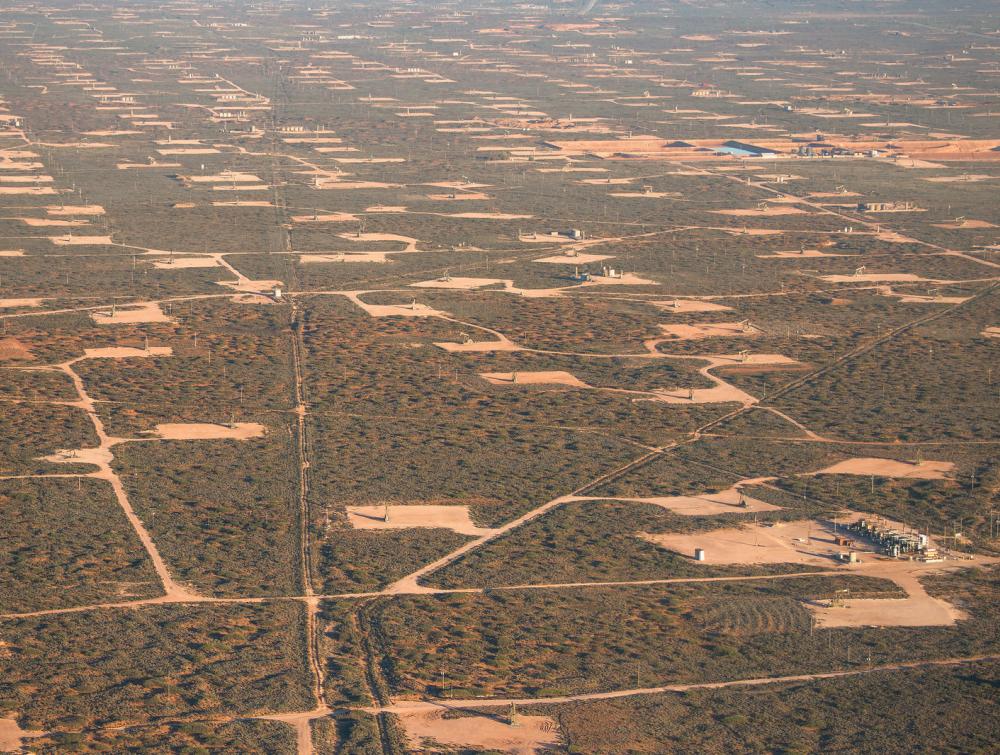New report details the hidden climate impacts of fossil fuel development on U.S. public lands

Oil and gas fields in Carlsbad, New Mexico
Mason Cummings, The Wilderness Society
A new report released today by The Wilderness Society provides an in-depth look at the significant lifecycle emissions resulting from the development of fossil fuels on U.S. public lands, and the need for the federal government to account for and make available such data to the American public.
A new report released today by The Wilderness Society provides an in-depth look at the significant lifecycle emissions resulting from the development of fossil fuels on U.S. public lands, and the need for the federal government to account for and make available such data to the American public.
“The U.S. federal government is one of the largest energy asset managers in the world, and yet they are actively keeping their shareholders – American taxpayers – in the dark when it comes to energy development and its associated climate related risks on our public lands,” said Chase Huntley, energy and climate program director at The Wilderness Society.
According to the report, greenhouse gas emissions associated with oil, gas, and coal developed on public lands is equivalent to one-fifth or more of total U.S. emissions; meaning if U.S. public lands were a country, it would rank 5th in the world in total emissions behind China, India, the United States and Russia.
Limited data on federal fossil fuel resources and production is publicly available, and recent behavior from the new administration suggests even less will be released. Meanwhile, land management agencies have been directed to ignore commonsense guidance for estimating carbon emissions and climate impacts for energy leases. Moreover, there is currently no systematic effort to track nor disclose the carbon consequences of energy leasing on public lands.
“Hiding data on emissions and production from the American people prohibits them from meaningfully engaging in land management decision processes,” Huntley said. “Just as shareholders have the right to key information regarding financial risks to their portfolios, American taxpayers deserve adequate information on how their energy assets are being managed.”
Along with the report, The Wilderness Society has utilized the limited data available to create the Federal Lands Emissions Accountability Tool (FLEAT).
The new tool, now available on The Wilderness Society website, provides the best available estimate for greenhouse gas emissions from energy production on U.S. public lands, allowing the user to explore the data by location and different fuel types.
Contacts
- Alex Thompson, 202-429-3940, alex_thompson@tws.org
The Wilderness Society, founded in 1935, is the leading conservation organization working to protect wilderness and inspire Americans to care for our wild places. With more than one million members and supporters, The Wilderness Society has led the effort to permanently protect 109 million acres of wilderness and to ensure sound management of our shared national lands. www.wilderness.org
